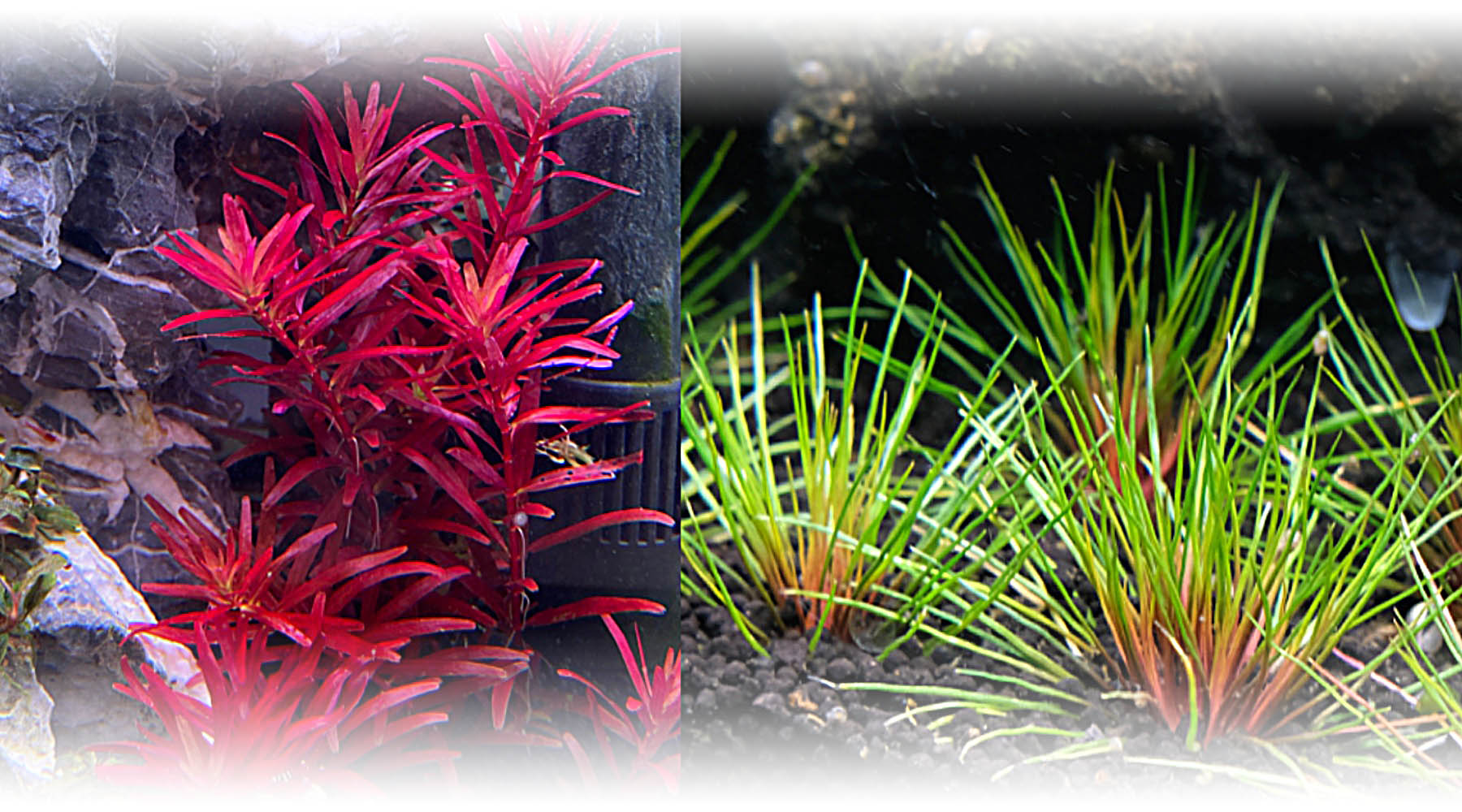Your Cart is Empty
Shop
We are a brand born of an obsession with performance, a belief in good science, and a knack for invention.
Read our story.
We are a brand born of an obsession with performance, a belief in good science, and a knack for invention.
Read our story.

Good Science
We define it as a combination of discerning research and real world results.
We define it as a combination of discerning research and real world results.

Test Kit Budget: Top 3 Picks
January 11, 2021 3 min read

Among the many hobbyist test kits on the shelf, we feature 3 that we find rather useful.
KH Test Kit
KH or Carbonate Hardness is both subtle and impactful.
Plants grow much better in their preferred KH environments.
Many aquarists struggle with coloration and plant health because they unknowingly try to grow plants outside their suitable KH range.
Poor health in turn attracts algae and a host of tank problems.
Many popular softwater plants prefer low KH values (below 3dKH). These include the Syngonanthus, Tonina and Eriocaulon family of plants. It is much easier to achieve success with these plants in water that measures 3dKH and below. Conversely, some species such as Rotala sunset and Downoi do better with higher KH (between 4 and 7dKH).
A KH test kit also comes in handy because hardscape and filter media often alter KH. Seiryu rock is popular for its texture, but it raises KH. A common mistake is mixing softwater plants with Seiryu rock.
Go here for more specifics around softwater and hardwater.
Below: Rotala H’ra (left) can grow well in a tank with higher KH (between 4 & 7 dKH) but it would be foolhardy to try to grow ‘Blood Vomit’ (right) in the same environment, no matter what fertiliser or substrate or CO2 level you use.

Ammonia Test Kit
This is most useful for new tanks.
An ammonia test kit is useful to test if the nitrifying cycle has started and is developing (look out for a drop in the reading).
Ammonia oxidises into nitrites (in simplistic terms, still harmful) and finally nitrates (not harmful). For most tanks, it is safe to add fish and plants once the ammonia reading is zero. To be extra safe, some hobbyists would use a Nitrite Test Kit to confirm zero nitrites. We find it simpler / cheaper to just give time. Three weeks (with the addition of starter bacteria culture) is generally sufficient for the full nitrification process (Ammonia > Nitrites > Nitrates) to reach minimally safe levels.
In mature tanks, ammonia is quickly oxidized by microbial activity and/or absorbed by plants. Most healthy tanks should constantly have a zero ppm reading. However a test kit is useful for diagnosing ammonia spikes. These sudden increases are often the cause of algae, fish deaths and/or plant melting.
Ammonia spikes can come about from various factors: damage to bacterial colony (by using an algicide, forgetting to use a dechlorinator etc.), livestock death, overfeeding, stirring up the deeper layers of matured substrate etc.

Above: One of the prime causes of Green Dust Algae (GDA, the stuff on the glass surface) is high residual nitrates (>10ppm) combined with strong light. Download our GDA guide here.
Nitrate Test Kit
A nitrate test kit comes in handy to ascertain if that is the case. High residual nitrates can come from having a lot of fish and too little plants. In such cases, a fertiliser such as APT Zero is the smart choice. It provides comprehensive plant nutrition, except nitrates (and phosphates) which come from fish waste. So you keep GDA under control while keeping plants happy.
For more serious hobbyists, it can also be used to estimate the nitrate uptake of plants (more on this in a separate post).
Summary
- Use a KH Test Kit to match plants with their preferred KH environments.
- Ammonia Test Kits are useful for new tanks, and to diagnose sudden shocks.
- In general, liquid test kits are more accurate than indicator strips and in-tank alert models.
- Hobbyist test kits are useful, but a zero-reading of everything does not mean that there is no waste. Many waste products are not measured by hobbyist-level test kits. Regular water change The 2Hr Way is still important.
unlock your true potential
Grow anything, defeat algae, create amazing aquascapes






















